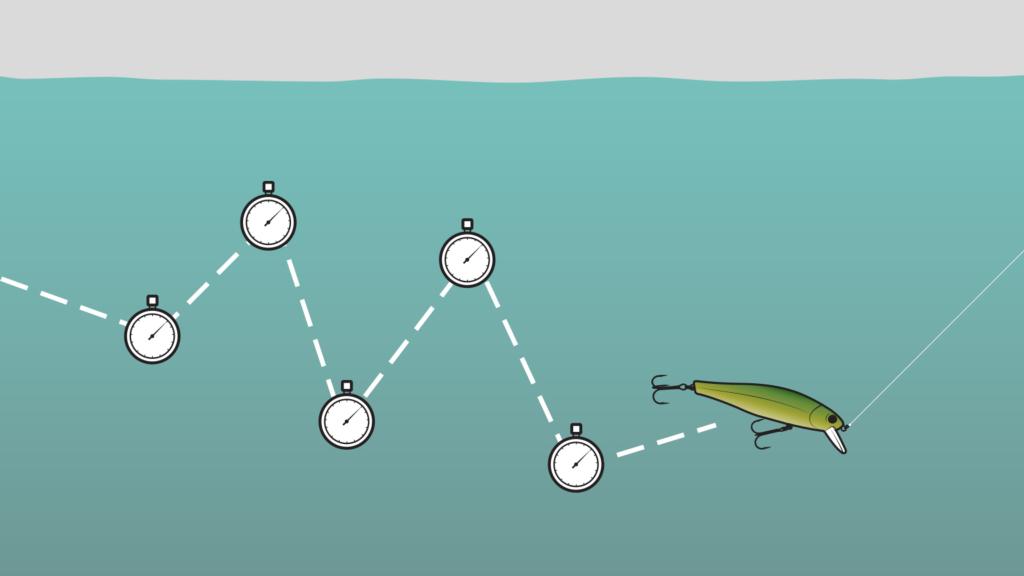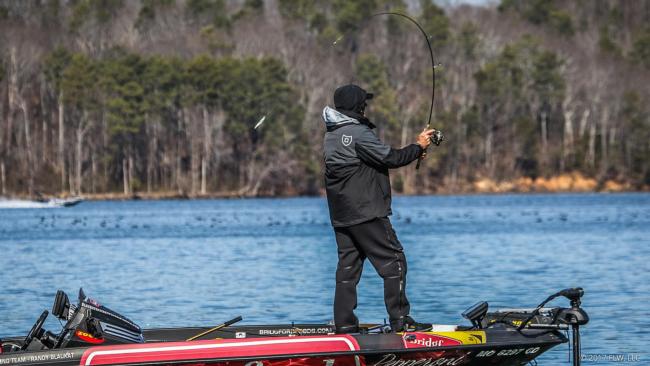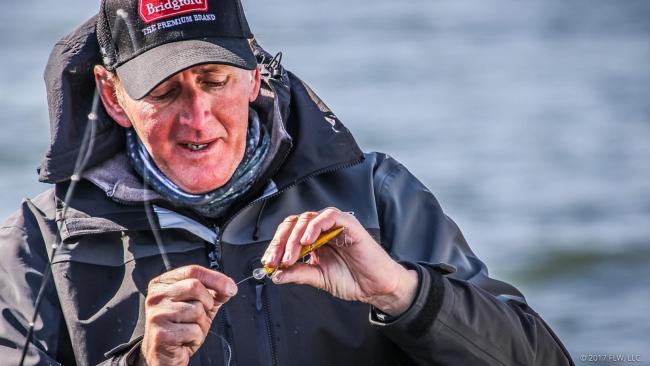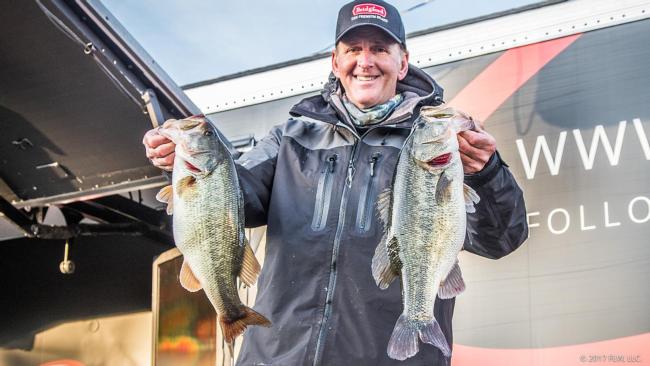Jerkbait Actions and Cadences
How to dial in a presentation to get more bites

In my opinion, the technique of jerkbait fishing is one of the most challenging methods in fishing to master today.
The variables and details are long, but in this article, I’d like to address what I feel are the most difficult and important parts of jerkbait fishing: action and cadence.
One of the reasons jerkbait fishing is difficult is that, unlike many other lures, jerkbaits require the angler to impart the strike-generating action. Therefore, the success you experience with this bait is directly affected by your skill in imparting action and cadence.
Each jerkbait on the market has a different inherent action based on its size, profile, lip design and weighting system. Understanding how your jerkbaits respond to imparted action is critical.
As many of you know, I fish exclusively with Megabass jerkbaits, and I have a deep understanding of how each Megabass jerkbait model responds to manipulation.
The first thing to consider when trying to determine what type of action and cadence to use is to understand the “personality” of the fish.
Jerkbait fish are affected by water temperature, water clarity, wind and sunlight conditions. As well, largemouth, Kentucky and smallmouth bass all set up in different ways.
Like any other technique, there are no absolutes that produce 100 percent of the time. But the key is to develop a starting point, then modify based upon success or lack of it.
Here’s some advice on action and cadence that I’ve learned in more than 40 years of jerkbait experience across the country.
Rod Selection
Your rod is a key element in getting the right cadence and action. I like a 6-foot, 10-inch Megabass Orochi spinning model. It’s long enough to make a lengthy cast, yet the rod is short enough to allow quick wrist snaps. Unlike many anglers I use a spinning rod 100 percent of the time for jerkbaits because it allows me to cast jerkbaits better in windy situations, and because I believe a spinning rod gives me better feel and allows me to impart a wider range of actions and cadences. I can also use lighter line, which I feel is critical to jerkbait fishing.
Line options
Line is important. I use fluorocarbon: Seaguar Tatsu or InvizX. The reduced stretch of fluorocarbon allows a crisp response to each jerk. Also, I like that fluorocarbon sinks. This helps me keep the bait suspending perfectly or sinking, if that’s what I’m after. I never use a braid-to-fluoro-leader application on jerkbaits because the braid floats.
The diameter and strength of your line as a result of its pound-test rating will also affect the action. Lighter line reduces the amount a bait can dart, while heavier line makes a bait dart harder.
Water conditions
The type of action I want on my jerkbaits is determined by water temperature and water clarity. A good rule of thumb to start by is the clearer and warmer the water, the more action and harder twitches you want to impart. When the water is murky and cold I’ll use very little action, and I’ll focus on keeping the bait in one spot for a long time. Most of the time you’ll be fishing conditions somewhere in between those two extremes, so the action you impart will be in that middle ground.
Cadence
Cadence is closely related to action, but there is a crucial difference. Action is imparted throughout the entire cast, and has to do with the force in which an angler jerks the rod tip. Cadence is when the bait is in the “sweet spot.” The sweet spot is that part of the cast where the bait is at its deepest point. This is where the strikes are most likely to come, especially from bigger bass.
Once my jerkbait is in the sweet spot, my cadence is the action I’m putting on the bait with repetition – the sequence of the action. Since the sweet spot is usually less than 20 feet long, I really focus on the bait at this point. My average cadence is twitch/twitch/pause. This is what I start with. I’ll vary the number of twitches and the length of the pauses depending on water temperature and visibility – more and harder twitches with shorter pauses in clearer, warmer water, and softer and fewer twitches with longer pauses in stained and colder water. In between those two extremes, experimentation will have to be done until you find the cadence that gets the best response from the fish.
Jerkbaits
The type of jerkbait you use is also a consideration. The Megabass jerkbaits I use the most are the Vision 110, Ito Shiner, 110 Magnum and X-80. Large jerkbaits like the Ito Shiner and the 110 Magnum will draw more strikes with an aggressive cadence and action, while the Vision 110 and X-80 sometimes produce better when fished with more subtle actions and cadences. As well, sound plays a role. With silent jerkbaits like the newly introduced Megabass Silent 110, fishing it with a lot of action and a fast cadence in clear water works well to trigger a visual strike. The Vision 110 and X-80, with weights and balancing systems that create noise, will usually generate more strikes when fished with less action and a subtler cadence.
Always experiment
While these are some general tips that will help your success, the main thing I’d like to stress is the importance of experimentation. The actions and cadences that generate strikes are not absolute. You must listen to the fish. Pay attention to how well they are eating the bait, or if they are just following it in. Change up your cadences until you find the one that triggers the strike. That can change from day to day or even hour to hour, if conditions change.
I you would like to learn more and go further, sign up for one of my instructional jerkbait fishing trips on one of the Missouri lakes by visiting my website blaukatinstructionalfishing.com, or go on my Randy Blaukat Professional Angler Facebook page.
I hope these tips helped, and stay tuned for my next FLW article on how to find the best wintertime jerkbait fishing areas.
Best of luck.


